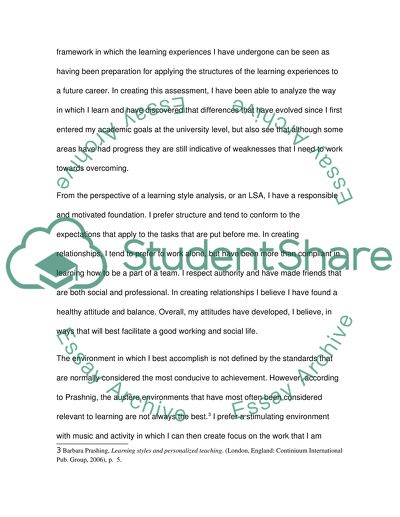Cite this document
(“Learning and Knowledge: Personal Assessment Essay”, n.d.)
Retrieved de https://studentshare.org/education/1390414-professiona-skills
Retrieved de https://studentshare.org/education/1390414-professiona-skills
(Learning and Knowledge: Personal Assessment Essay)
https://studentshare.org/education/1390414-professiona-skills.
https://studentshare.org/education/1390414-professiona-skills.
“Learning and Knowledge: Personal Assessment Essay”, n.d. https://studentshare.org/education/1390414-professiona-skills.


